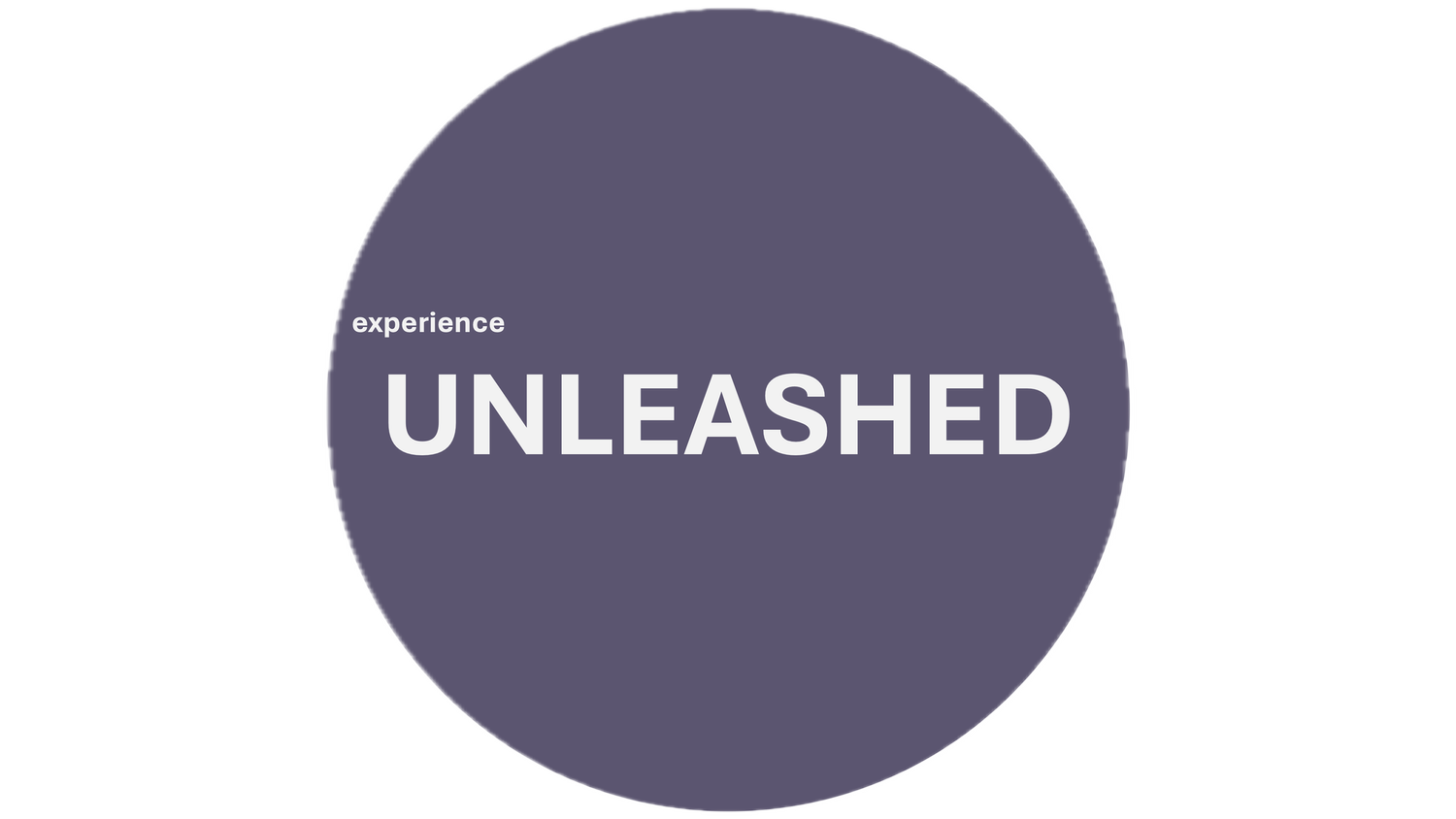7 actions to innovate your business into the future
What if demand rapidly changes markets, in a way we normally expect technology to do?
We are in the start, or the center, of systemic change. The pandemic has propelled change we saw coming but thought was several years away. The climate is calling for bold actions from politics, economic institutions, and companies. In the center of this are the people, those who makes up markets. What happens is a slow (or fast?) shift in consumer attitudes and lifestyle choices – which in turn impacts consumption and business decisions people make. How prepared are your organization to handle change?
We often find that innovation is (still) thought of as primarily a technology driven imperative. It is one important aspect for sure, but don’t forget that people make up markets - and people’s attitudes and behavior make up demand. A quick change in attitudes among people, will quickly impact demand:
What if, corporate directors choose to do video meeting 8 out of 10 times to reduce their individual impact on the climate, even when we can travel without restrictions?
What if, a challenge get 20-something to stop buying new apparel for 6 months, and instead go all in on pre-loved apparel (the markets-places are since long established)?
What if, most young families, with respect to their children’s future, decided that they can postpone remodeling their kitchen 5 years, and that a splash of new paint was enough?
Then what happens to the airline industry, the apparel industry, retail, kitchen furniture industry, paint?
Of course, no one knows what will happen when, and that’s the point. Organizations needs to be adaptable, and innovation needs to sit at the heart of what they do.
So, how to assess if your organization is well prepared? Below is a check list of 7 actions, if you find that any of them are not well under way, changes around us suggest you get started now:
Understand if you are an organization that need to put special attention to innovation?
Some organizations have a culture that fosters innovation, and some do not. Some need a senior “head of innovation”, and some even need a separate organization for it. Make sure to understand yours.
Make sure to keep a lookout for exponential technologies, emerging customer needs and new business models.
Make sure enough people has the ear to the ground. And as you learn, make sure there are multi perspective collaboration with the ambition to figure out how it will impact your industry and the demand.
Make sure you have a diversified innovation portfolio.
An organization need to manage the short- mid and long term simultaneously. But one also need find the right balance of focus: 80-15-5? The right answer for you, is related to point 2 and 3 above.
Ensure collaboration and experimentation - and read the data it generates.
Cross functional meetings are often mistaken for cross functional work. Fix that. And then test and learn, not only in a lab but also in real life. And don’t forget to measure and evaluate.
Bring your CFO and your CHRO on the journey.
You will need different types of business KPIs for short – mid – long term initiatives. And you will need the right people and mindset at the right moments of your innovation journey.
Make it happen.
Most ideas struggle to leave the paper they’re written on – make sure to clarify how to make ideas into reality. If you feel a need for a process, then write it down. But remember that innovation is never linear. People, mindset and the right KPIs at the right time will make innovation happen – not processes.
Make sure innovation is at the heart of your strategy.
Every function, from Sales to Technology, HR, finance, Design and Marketing needs to have innovation at heart. Make sure it’s a top priority for all.
/Anton Lundberg

